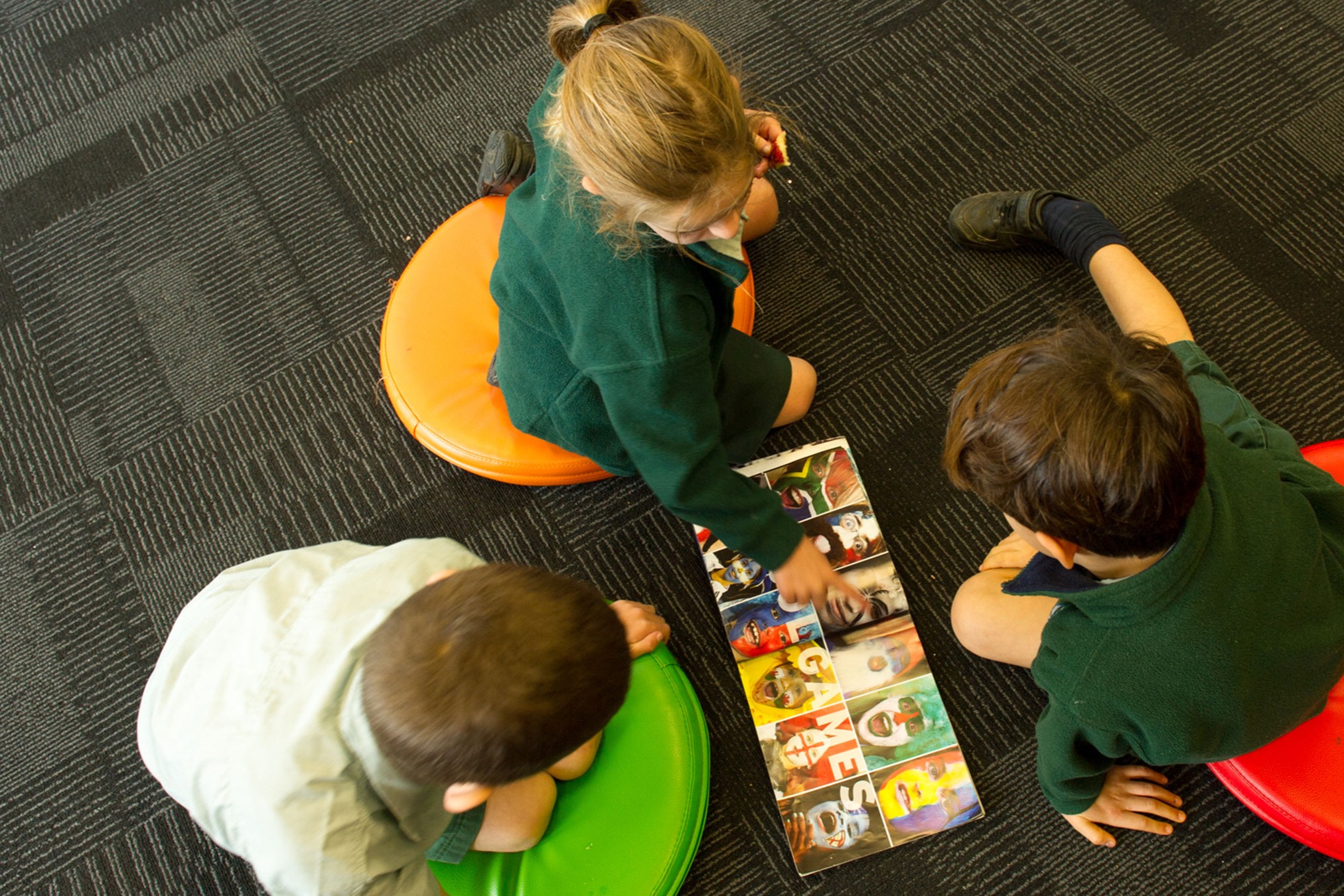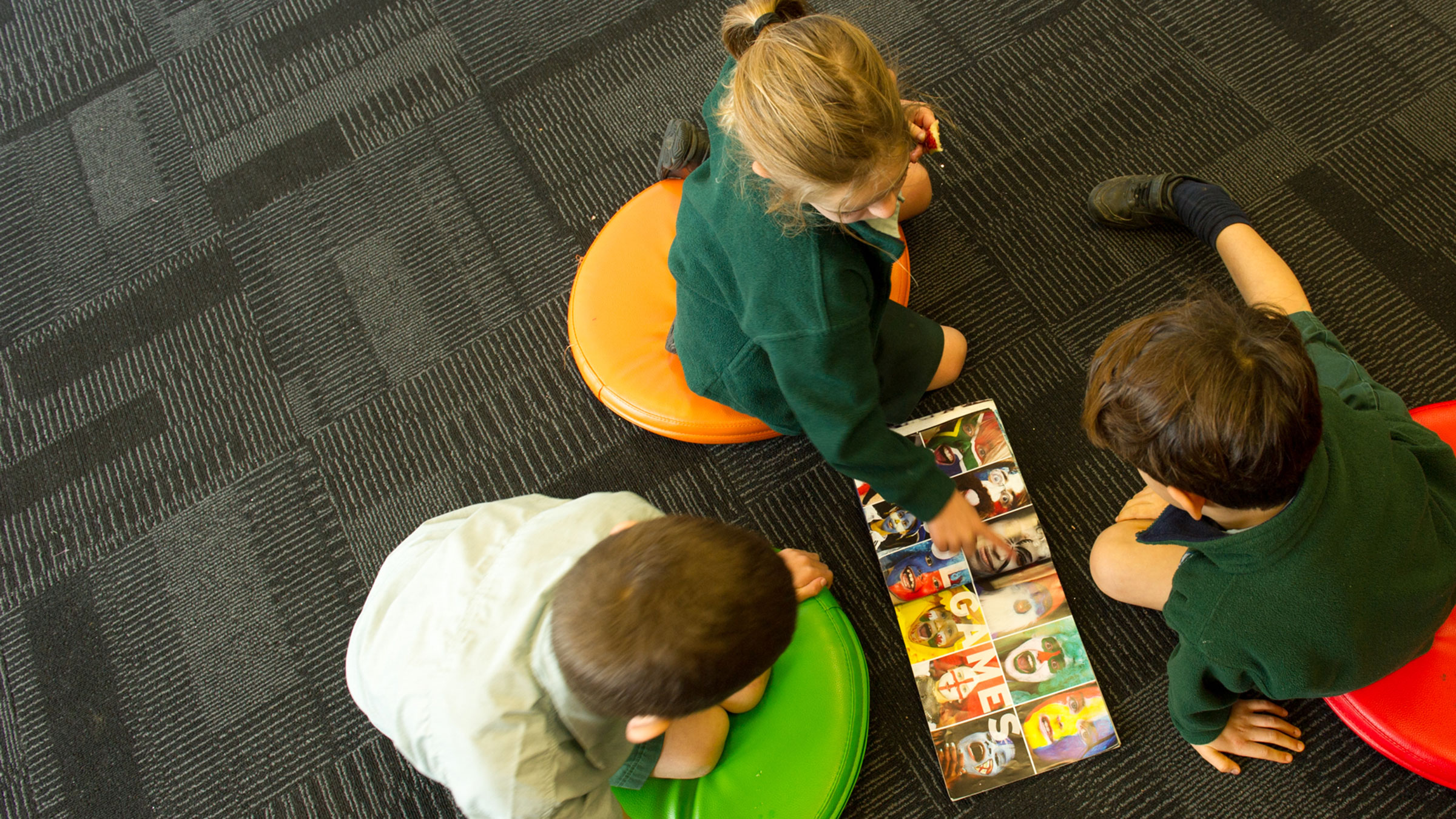Understanding social and emotional learning
SEL describes the connections, relationships, skills, attitudes, and feelings that help learners succeed in school, work, and life.

About this resource
This professional learning and support resource collection is about understanding social and emotional learning (SEL). It will help teachers to explore supporting organisations, resources/activities, and approaches to effective teaching and assessment of health and physical education.
Understanding Social and Emotional Learning
SEL describes the connections, relationships, skills, attitudes and feelings that help learners succeed in school, work and life. Social and Emotional Learning frames identity, languages and culture as enhancing learners’ ways of knowing, understanding, and dealing effectively with daily tasks and challenges. Therefore, SEL is most effective when it is part of everyday classroom life.
The learning support information on this page relates to the Ata and Oho resource collections.

Before you start
Before using these resources for the first time, we recommend reviewing and understanding the content to assess how to use them safely in your learning environment. Then, add or remove cards as you see fit and choose activities that will work best for you and your ākonga. Move on to more challenging topics or activities within the set when it feels right.
Support structures
Young people face many experiences, challenges, and opportunities as they navigate the transition from childhood to adulthood. Emotional and psychological patterns are established through this time. A supportive environment is integral to using these resources and will ensure that learning experiences allow all learners to grow. These support structures exist at all levels of the learning environment — they are provided by alignment and guidance from leadership, through professional learning and development, iwi engagement, whānau involvement, community connections, and shared values in the place of learning. These relationships matter.
Creating a safe space to use these resources
Using this resource requires a culture of care and warmth that respects and reflects the diversity of every classroom, including the languages, values, beliefs, and cultural capital of ākonga in their place of learning. Positive classroom culture places importance on individual and collective well-being, reflects school values, and is guided by dialogue with your wider learning community.
The elements of Social & Emotional Learning
The 10 elements are essential aspects of Social and Emotional Learning — in Aotearoa, New Zealand — that help learners think for themselves, feel like they belong and connect with empathy.
The five elements of Relating to others
He tūrangawaewae
Connection to place
He tirohanga whānui
Perspective taking
He hononga ki te hapori
Community connection
He āroa, he kanorau
Social awareness and diversity
Tū tangata
People of inspiration
The key competency Relating to others, is about establishing, negotiating, and re-negotiating learning relationships and educationally powerful connections with people and places (the living and non-living world). This competency is about manaakitanga, whanaungatanga, and mahi ngātahi. It is about valuing and recognising who stood before, who stands here now and who is yet to be. How we engage with each other has a mutual impact.
What strategies, skills, and values can I contribute to upholding mana, creating power-sharing and respectful partnerships, and engaging in learning relationships?
The five elements of Managing self
He tuakiri, he reo, he tikanga, he mātāpono
Identities, languages, cultures and values
Mahi tahi
Collaboration
He mauri, he wero
Understanding emotions and meeting challenges
He ihumanea, he toa
Intuition and bravery
Mana motuhake
Self-determination
The key competency Managing self is about developing and growing a sense of self. It is about decision-making and acting purposefully as a learner by using skills, strategies, and knowledge towards mana motuhake. Mana motuhake comes from, through and with manaakitanga — a learner never stands alone. Therefore, this competency is about the learner’s capabilities as part of a whānau (with whakapapa), their wide and diverse community, and te taiao, the natural world.
What are the decisions I can make as a learner, and what impact will those decisions have on me and, therefore, my people and my place?
Research
The critical importance of Social and Emotional Learning
Research shows that Social and Emotional Learning (SEL) improves achievement and increases prosocial behaviours (such as kindness, sharing, and empathy), improves learner attitudes toward school, reduces depression and stress among learners, and improves learners’ academic performance. When a learner knows that their feelings will be heard and respected, it’ll be easier for them to learn.
Culturally responsive practice
Culturally responsive teaching practice requires a reciprocal approach negotiated with local communities based on mutual learning and respect for tikanga, customs, traditions, and ways of being that matter to each learner. When teachers introduce content and contexts that include cultural perspectives, they are more likely to provide an environment that will allow learners to connect and learn. This practice will enable teachers to better understand all learners’ languages, identities, cultures, and values and, therefore, support decision-making for effective teaching design and teaching practices.
Inclusive practice
Children and young people learn best when they feel accepted and connected, enjoy positive relationships with friends and teachers, and are active, visible members of their learning community.
The Ata and Oho resource collections put inclusion at the heart of all learning. Inclusive teaching encourages models and explores inquiry, curiosity, fairness, social justice, honesty, responsibility, and acting ethically. It fosters character qualities in our tamariki of joy, happiness, love, excitement, and humility.
Common questions
What are the Elements, and how were they made?
There are 10 elements: Five that expand on the Relating to others key competency and five for the Managing self key competency. We created the elements using leading research, both here in Aotearoa New Zealand and internationally, through collaborating with kaiako, whānau, and ākonga, school leaders and experts.
What is Social and Emotional Learning (SEL)?
SEL describes the connections, relationships, skills, attitudes, and feelings that help learners succeed in school, work, and life. Social and Emotional Learning frames identity, languages, and culture as enhancing learners’ ways of knowing, understanding, and dealing effectively with daily tasks and challenges. Therefore, SEL is most effective when it is part of everyday classroom life.
How did we get here?
The evidence to support social and emotional learning theories comes from neuroscience, psychology, education, and lived experiences. To understand where SEL sits within the context of Aotearoa New Zealand, we started by exploring two of the key competencies in The New Zealand Curriculum.
Why would I use these resources?
This collection of activities prepare ākonga to be able to participate in learning experiences; they also increase their capacity to learn.
How does this fit?
While these resources can be used as focused activities, they are intended to be integrated into key areas of learning across the curriculum. So be creative with the resources and make them work for you.
Why is this important?
Ākonga learn best in positive learning environments that nurture their languages, identities, cultures, social, emotional, and cognitive skills. Each learner has unlimited potential and is inherently capable of achieving success — this is enabled by creating the right environment. Learners do better when they feel like they belong, are connected and are allowed to be themselves.
Is there an order that I should use the resources?
There is no particular order to the activities. However, some activities have recommended prerequisites — these are not essential as long as the right level of introduction and context is provided to ākonga before you begin.
Where to from here?
We have provided recommendations for follow-up activities in the next steps section of the support materials.
Support and advice
Learning experiences dealing with mental health and wellbeing should be developed and implemented sensitively. If concerns or issues arise, be guided by your kura or school’s policies on wellbeing. If you need support or advice, you can talk to those around you, talk to other teachers, colleagues, or principals, or contact the Ministry of Education.
Activity collections
- Ata — Resource collection
Ata is a collection of cards and activities for teaching and learning social and emotional skills, knowledge, and strategies. Using these resources will help ākonga build awareness of themselves and others as they practise skills and develop strategies that help them live and learn together better. - Oho — Resource collection
Oho is a collection of cards and activities for teaching and learning that supports social and emotional learning. By exploring the connections between ourselves, and the world, ākonga can develop skills, strategies and knowledge that help them be culturally and socially located as unique and connected individuals.


